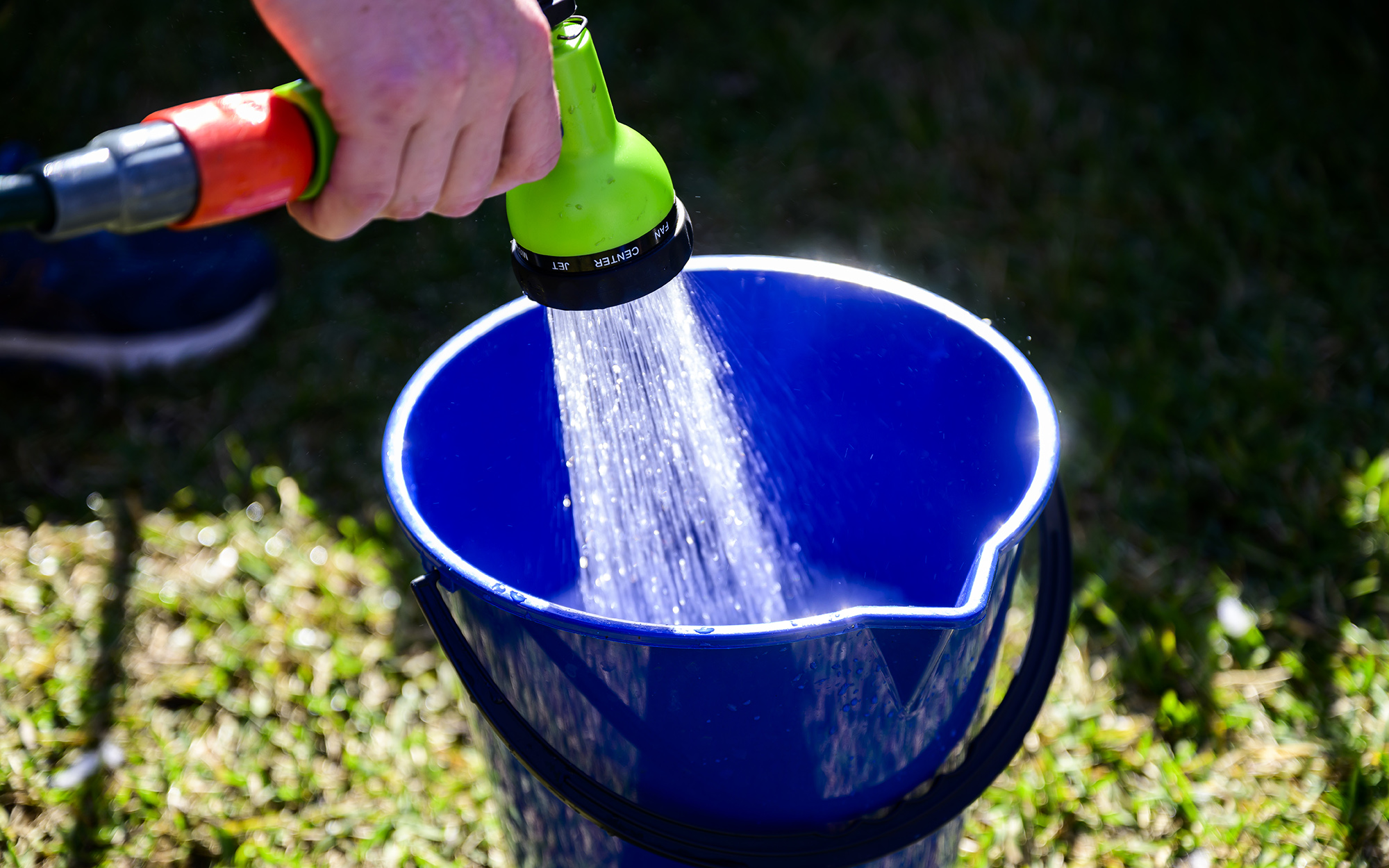
Community Water Saving Programs: Engaging Tech Professionals
Share
In an era where technology increasingly intersects with every aspect of our lives, the importance of community water saving programs has never been more critical. For tech professionals and enthusiasts, the role of technology in facilitating these programs offers a fascinating and impactful opportunity to contribute to sustainable living. With the global water crisis looming, there's an urgent need for innovative solutions that can be implemented at the community level. These programs not only aim to conserve water but also engage communities in a tech-driven approach to sustainability.
Community water saving programs are designed to address water scarcity by leveraging technology to monitor, manage, and reduce water usage. For tech professionals, this offers a compelling arena to apply their skills in IoT, data analytics, and software development to real-world environmental challenges. By participating in these programs, tech enthusiasts can help develop systems that promote efficient water usage, while also educating communities about the importance of water conservation.

The Role of Technology in Water Conservation
Technology plays a pivotal role in modernizing water conservation efforts. From smart irrigation systems to advanced water monitoring tools, tech-driven solutions are transforming how communities manage their water resources. For instance, IoT-based devices can provide real-time data on water usage, allowing for precise adjustments that minimize waste. Additionally, AI algorithms can predict water demand based on historical usage patterns, weather forecasts, and other variables, enabling proactive water management strategies.
Incorporating technology into community water saving programs not only enhances their effectiveness but also attracts tech-savvy individuals who can contribute innovative ideas and technical expertise. The integration of technology into water conservation efforts can be seen in initiatives such as digital solutions for water efficiency, where advanced systems monitor and control water usage across urban and rural areas. By leveraging these technologies, communities can significantly reduce their water footprint while promoting sustainable practices.
Smart Solutions for Sustainable Water Management
One of the most promising aspects of community water saving programs is the deployment of smart solutions that automate and optimize water usage. Smart water meters, for example, provide homeowners with detailed insights into their water consumption patterns, helping them identify areas where they can save water. These meters can be integrated with mobile apps, allowing users to track their usage remotely and receive alerts about potential leaks or excessive usage.
Another innovative approach involves the use of smart irrigation systems that adjust watering schedules based on soil moisture levels, weather conditions, and plant requirements. By using sensors and data analytics, these systems ensure that plants receive the right amount of water at the right time, reducing waste and promoting healthy growth. Tech professionals can contribute to these solutions by developing software that integrates with existing systems, enhancing their functionality and user experience.
Engaging Communities Through Technology
For community water saving programs to be successful, it's crucial to engage and educate the community about the importance of water conservation. Technology can play a significant role in this regard by providing interactive platforms and tools that raise awareness and motivate participation. For example, virtual reality experiences can simulate the impact of water scarcity, offering a powerful way to convey the urgency of conservation efforts.
Online platforms and mobile apps can facilitate community engagement by offering tips on how to save water, tracking collective water savings, and rewarding participants for their contributions. These tools can also connect users with local resources and events focused on water conservation. By creating a sense of community and shared responsibility, tech-driven initiatives can inspire individuals to adopt sustainable practices and become advocates for water conservation.

Challenges and Opportunities for Tech Enthusiasts
While the integration of technology into community water saving programs presents numerous opportunities, it also comes with challenges that tech enthusiasts must address. One of the primary challenges is ensuring that these technologies are accessible and affordable for all community members. Developing cost-effective solutions that can be easily implemented in diverse settings is crucial for widespread adoption.
Another challenge is the need for robust data security and privacy measures, as water management systems often involve sensitive data. Tech professionals must ensure that their solutions comply with regulations and protect users' information from potential breaches. Despite these challenges, the potential for technology to drive meaningful change in water conservation is immense. By collaborating with other stakeholders, tech enthusiasts can develop innovative solutions that benefit both people and the planet.
Conclusion: A Call to Action
The intersection of technology and sustainability offers a unique opportunity for tech professionals to make a significant impact through community water saving programs. By leveraging their skills and expertise, they can help communities conserve water, reduce waste, and promote a more sustainable future. As the demand for water continues to rise, the need for innovative solutions will only grow.
For those interested in learning more about specific strategies and technologies that support water conservation, the Zebra Resources page offers valuable insights and tips. Additionally, exploring the latest advancements in digital solutions for water efficiency can provide further inspiration for tech-driven initiatives.
FAQs
What are community water saving programs? Community water saving programs are initiatives aimed at reducing water consumption and promoting sustainable water management practices within a community. These programs often leverage technology to monitor and optimize water usage.
How can tech professionals contribute to water conservation? Tech professionals can contribute by developing and implementing technologies such as smart meters, IoT devices, and data analytics tools that enhance water management and conservation efforts.
What are some challenges faced by community water saving programs? Challenges include ensuring accessibility and affordability of technology, protecting data privacy, and engaging communities in adopting sustainable practices.
